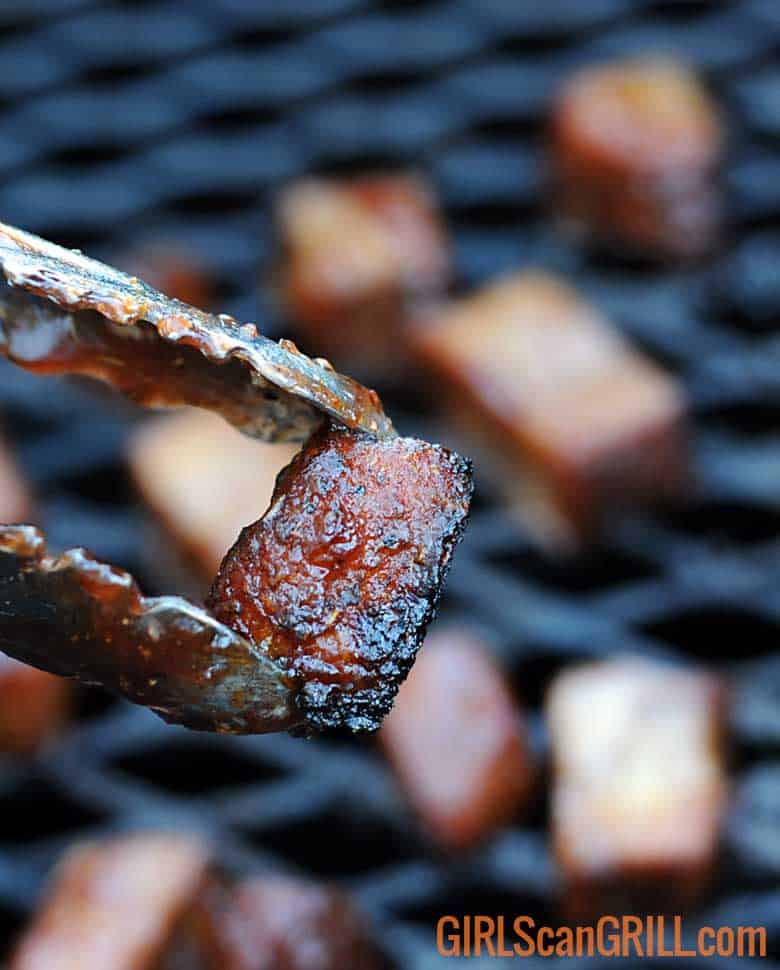
Save this BBQ Tip
Enter your email, and I’ll send this link directly to your inbox. Plus, you’ll get new BBQ recipes and tips weekly.
I know. Your first reaction is probably: “WTF?”
Burnt ends have a long Kansas City barbecue history, and used to solely be a beef thing. Over the years, pork belly got into the burnt ends game. Heck, there are even hot dog burnt ends now.
So why not turkey?
Burnt ends is now recognized as a cooking method. You start slow and low, cube the meat, toss it in sauce and throw it back on the smoker.
The challenge with doing this with turkey, is that turkey is not fatty like beef brisket and pork belly. Nope, those birds are some lean, mean feather-flocking machines. So pulling this off successfully, proved to be a challenge, but I did it.
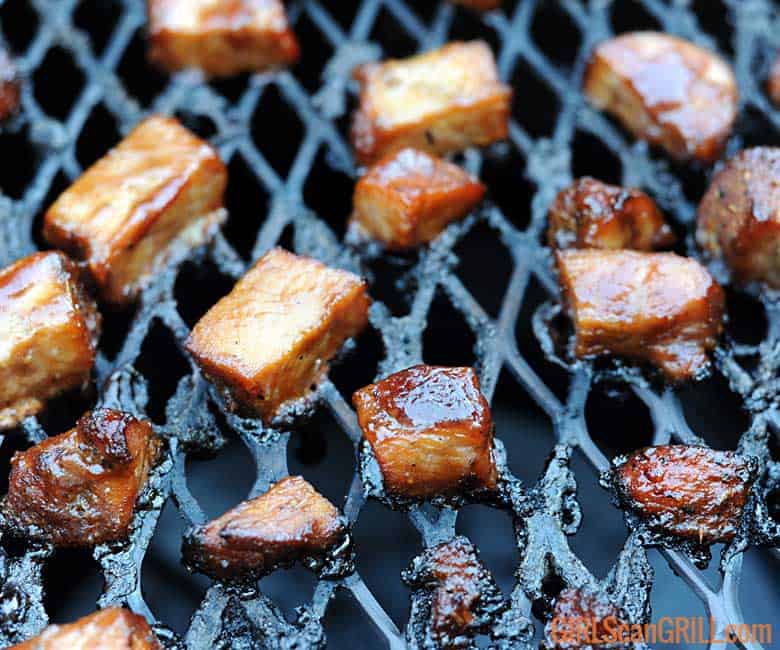
The Recipe Testing Phase
Picking the Right Bird
I tried a couple different types of turkey cuts. I knew I wanted boneless, so that narrowed me down to the packaged turkey parts in the freezer section. Since dark meat has more fat, I started with the white and dark meat roast.
Unfortunately, the way it’s layered and assembled, the meat separated once sliced, so it lost the cube-appeal you get with a burnt end.
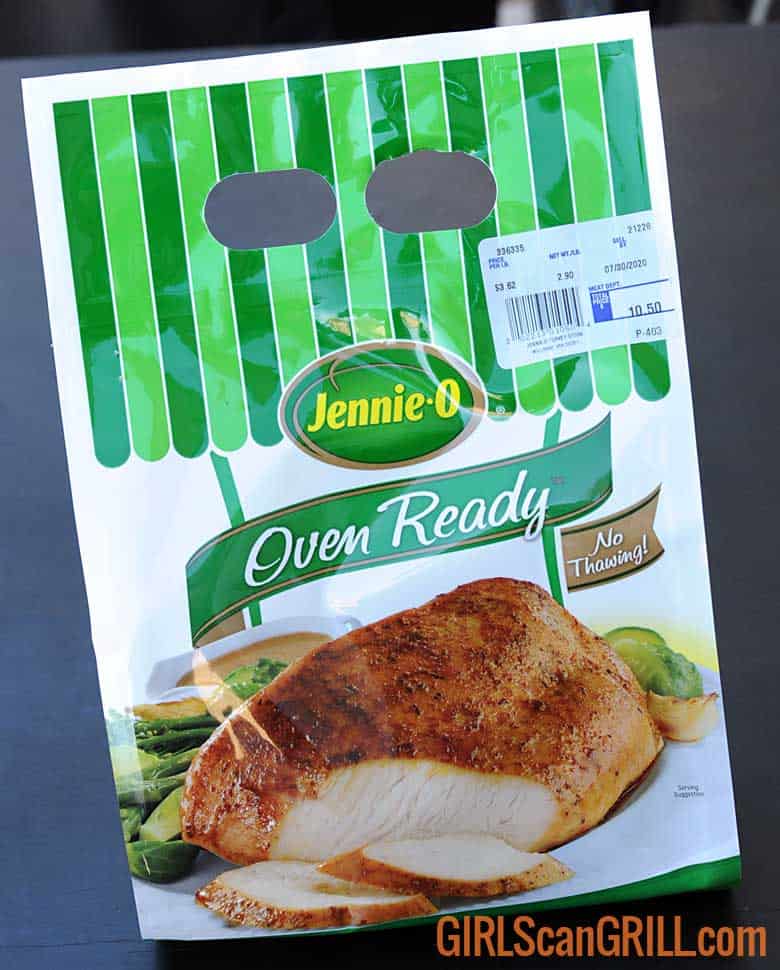
Next, I went with all white meat. Jennie-O makes these oven-ready boneless turkey breasts that are pre-seasoned. They weigh in at about two pounds (when you take the packet of gravy out), and they have a similar shape to a brisket point.
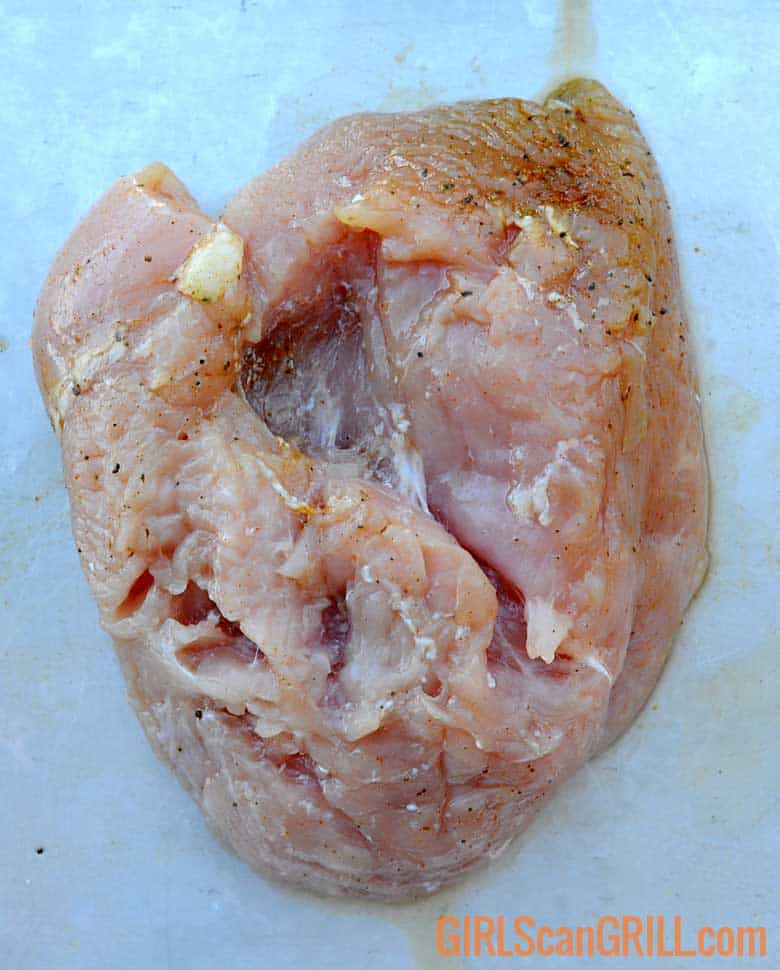
You can rinse off the seasoning and add your own, but I was pretty pleased with the as-is flavor.
Ignore the directions on the package. It says to cook it frozen in the bag. Instead, you’ll want to thaw it and remove the bag before smoking it.
Cooking to the Right Temp
Poultry and beef have nothing in common when it comes to burnt end cooking temps. While beef is safe to eat at 135F degrees, it can be rocketed to 210F degrees for succulent burnt ends.
Turkey on the other hand needs to be cooked to at least 165F degrees, but the longer you go, the dryer it gets. So the key to juicy burnt ends is trying not to exceed 165F at the end of the cook.

To accomplish this, you’ll start the bird slow and low at a grill temp of 225F over indirect heat. After about two hours, the turkey will reach an internal temp of 135F degrees. Pull it off the heat at this point, and let it rest while you make the sauce.
Then, crank the smoker to 400F degrees, and return the sauced turkey to the pit for about 15 minutes.
Increasing the grill heat, allows the sauce to set quickly without overcooking the cubes. That way they’ll stay juicy.
Don’t Cook Turkey Burnt Ends in a Pan
Whenever I cook beef or pork burnt ends, I toss the cubes in a pan with sauce, but that does not work for this recipe.
I really can’t explain what scientific phenomenon happens, but when you add the sauce and turkey to the pan, just as it starts to reach 165F, the bird releases a ton of juice and dilutes the sauce, turning it into a broth.
I tried this three times at different temps, and got so frustrated. Believe it or not, I reached out to Alton Brown, looking for an explanation, but he never got back to me. LOL
So instead, I reached out to Chef Phillip Dell, a Chopped Champion with an award-winning food truck. He knew exactly what to do.

He told me to sauce the cubes and throw them back on the grill without the pan. Chef was right. That was the magic that made these sticky beauties pop.
Cranberry Barbecue Sauce
Everyone knows that cranberry sauce goes awesome with turkey, so it’s only logical to make a cranberry barbecue sauce for this dish.
This is probably the only time I use canned jellied cranberry sauce. You know the kind that makes the sucking sound when it slides out of the can?
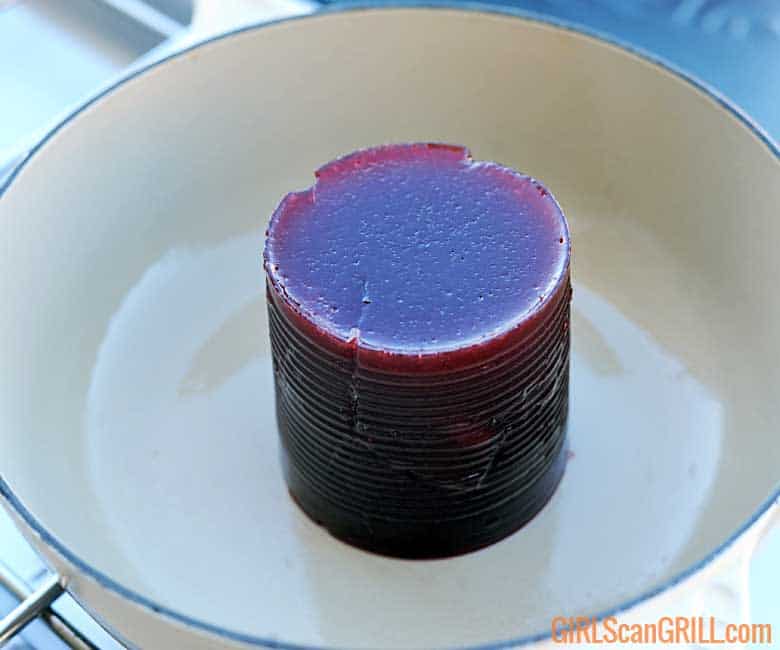
It melts down wonderfully for this, because it’s nice and smooth. Simply add the juice and zest from an orange with some brown sugar, salt and apple cider vinegar. You can kick in a little cayenne, if you like some heat.
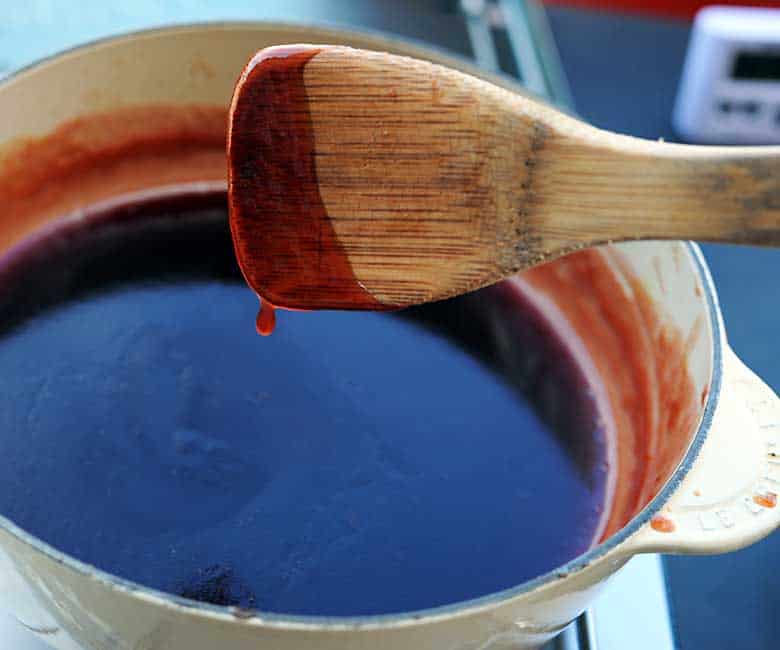
Cook the sauce down for 30 minutes. This extra time will also help with the sticky-factor. Another tip Chef Dell shared.
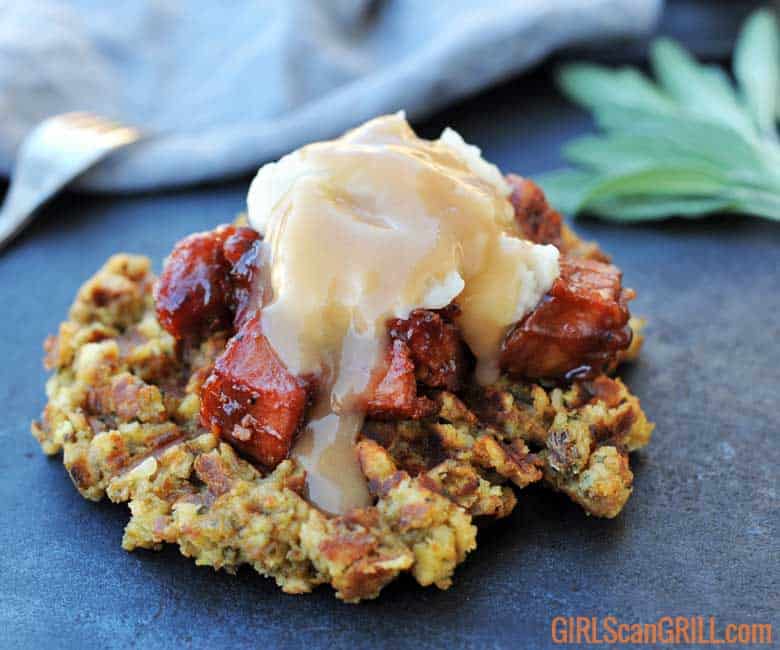
The Stacked Stuffing Waffle
You can enjoy these as appetizers or as your entree, but if you really want to go over the top, add them to a stuffing waffle with mashed potatoes and gravy.
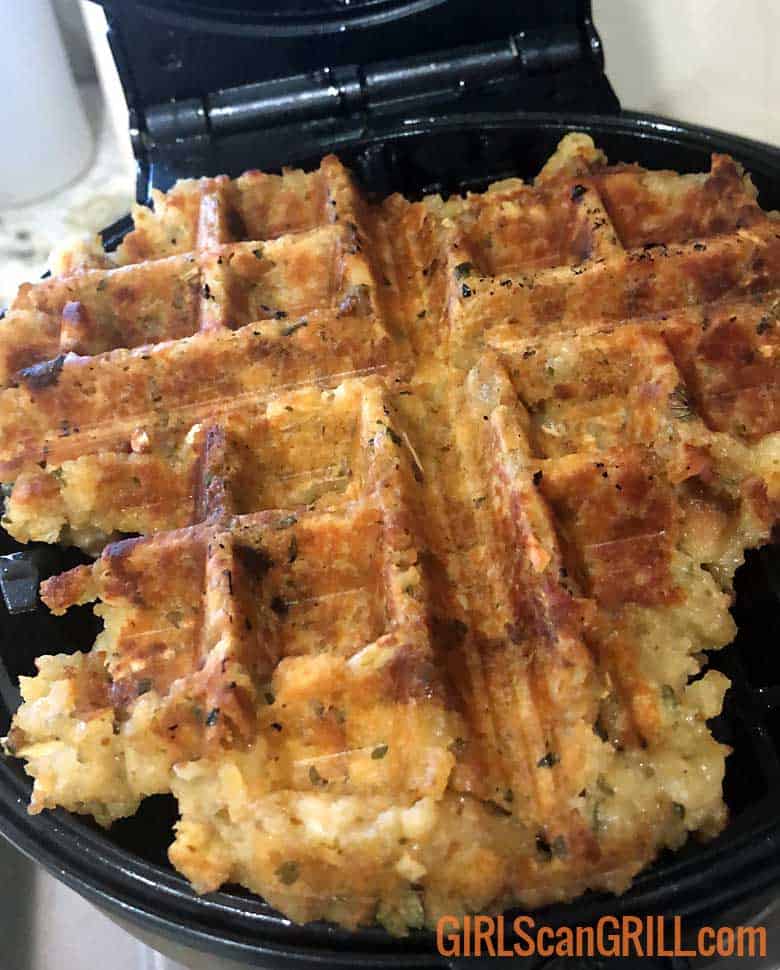
To make the stuffing waffle, just mix up a box of Stove-Top. Add a little extra liquid to make sure it’s really moist. Press it into a waffle maker, and cook, until crispy.
Layer with turkey burnt ends, super creamy mashed potatoes and turkey gravy. A little extra drizzle of cranberry sauce would be awesome, too.
Save this BBQ Tip
Enter your email, and I’ll send this link directly to your inbox. Plus, you’ll get new BBQ recipes and tips weekly.
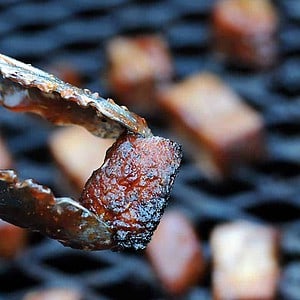
Turkey Burnt Ends
Ingredients
- 1 Jennie-O Oven Ready™ Boneless Turkey Breast
Cranberry Barbecue Sauce
- 1 can jellied cranberry sauce
- 3/4 cup brown sugar
- 1/4 cup orange juice
- 1 1/2 tbsp apple cider vinegar
- 1 tsp orange zest
- 1 tsp kosher salt
- pinch cayenne, optional
Instructions
- Thaw the turkey and remove from packaging.
- Smoke at 225F degrees over indirect heat for two hours. The internal temperature should be around 135F.
- Remove the turkey from the smoker, and let it rest while you make the sauce.
- Add the cranberry barbecue sauce ingredients into a sauce pot and whisk until smooth. Cook over medium low heat, stirring often for 30 minutes.
- Slice the turkey into one-inch cubes. Place in a pan, and toss with the sauce.
- Heat the smoker to 400F degrees. Add the turkey directly to the grate in a single layer.
- Smoke for 15 minutes, or until the cubes reach at least 165F degrees and the sauce is set.
Nutrition
Nutrition information is automatically calculated, so should only be used as an approximation.

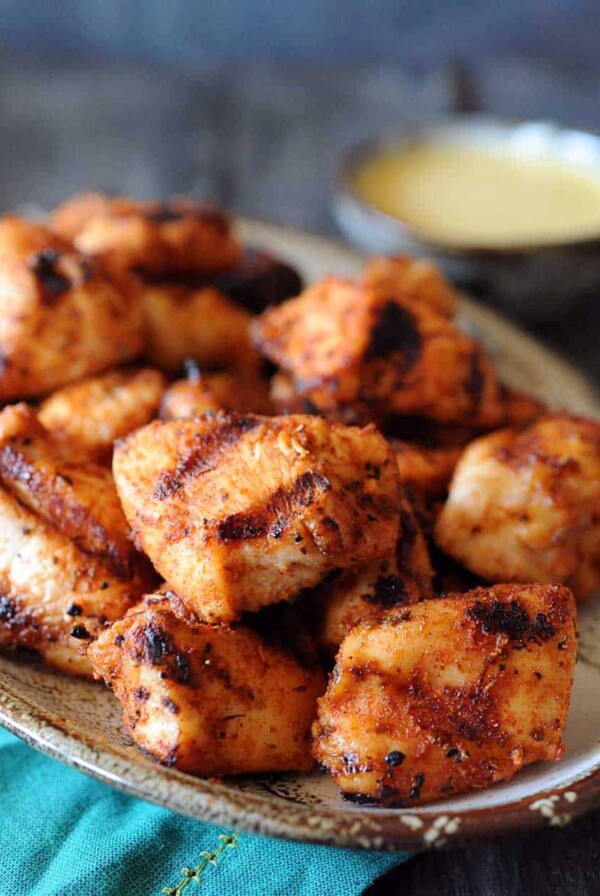

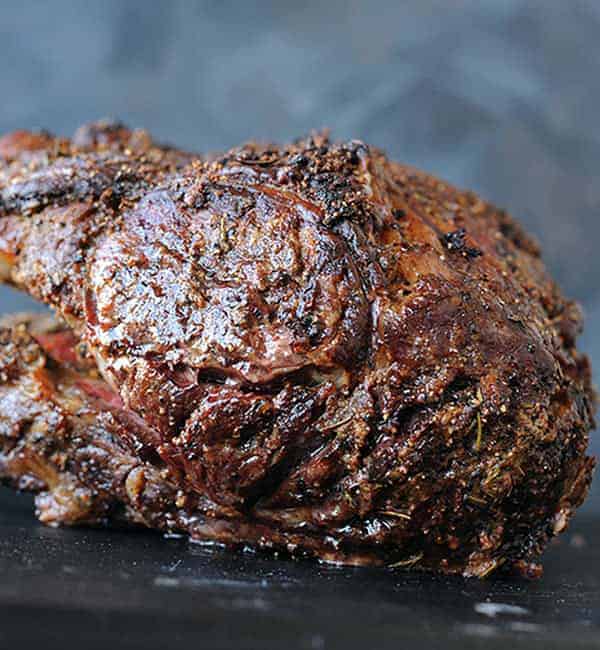
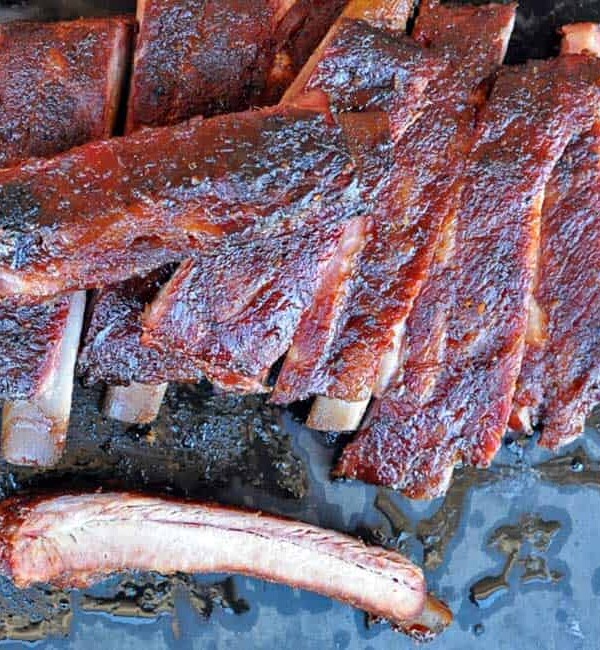
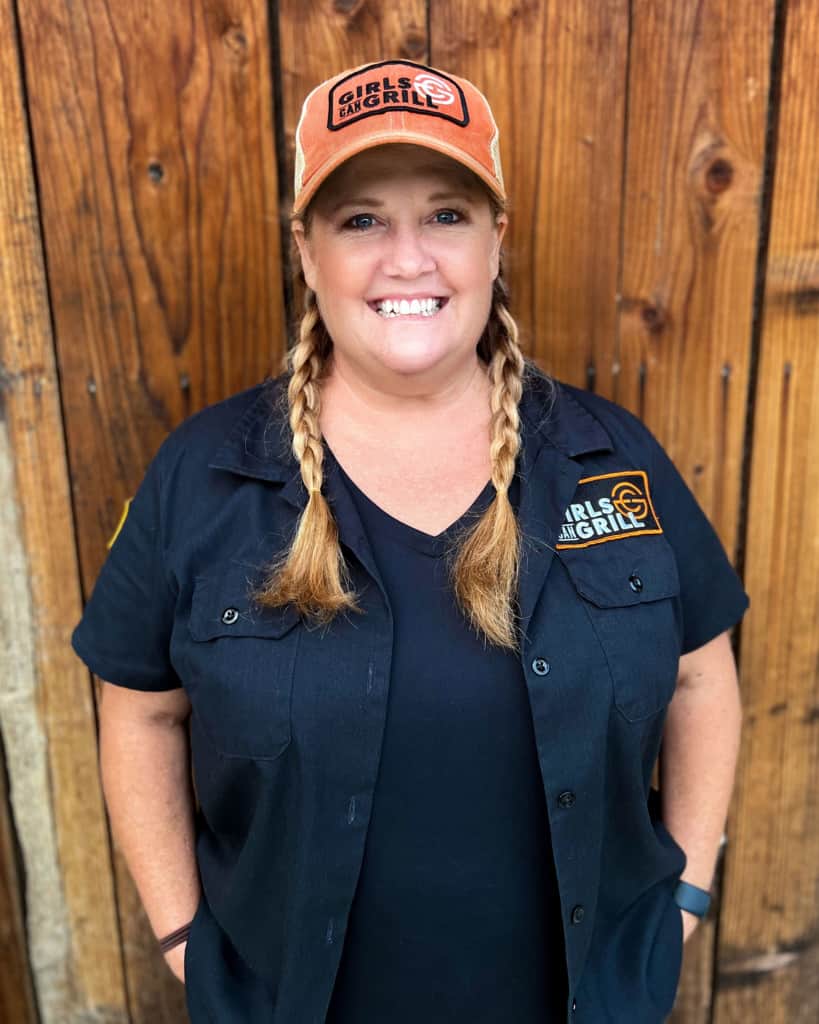








I can’t believe Chef Phillip Dell responded! That’s so awesome! I can’t wait to try these turkey burnt ends!
He’s such a great chef.